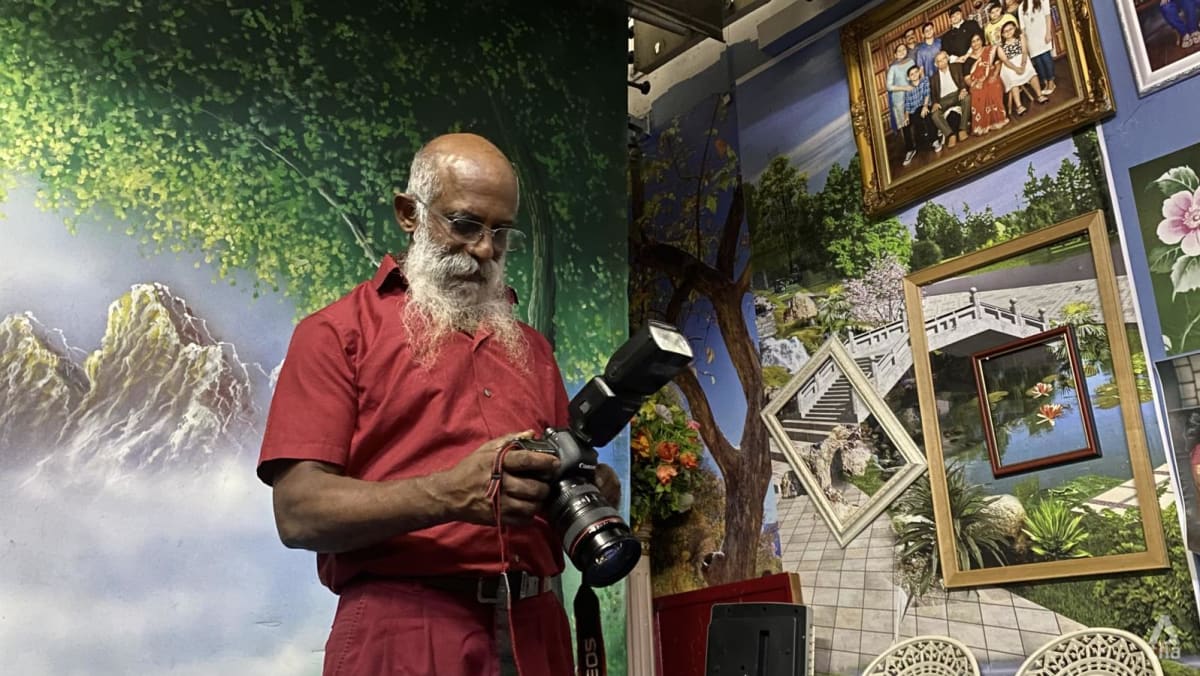Skim through just about any luxury retail site or marketplace these days and more often than not, an artificial intelligence-powered chatbot will pop up, poised to respond to any query. Unbox your newly purchased designer handbag, and you’re likely to find a small white card imploring you to scan a QR code to find out more about the item’s origin story.
If you’re after an elusive big-ticket item on the secondary market – say, a Patek Philippe high complication watch, a diamond-encrusted Hermes Birkin bag, or a particular vintage of a Domaine de la Romanee-Conti Grand Cru – all you have to do is scan the web for an upcoming auction, watch the livestream when it happens, and join the bidding war on your mobile phone.
Digitalisation has made the process of acquiring investments of passion that much easier. Digital platforms, online auctions and blockchain technology are reshaping how luxury items are being bought, sold, and authenticated. AI is enabling the experience to be more personalised and curated – which is exactly the sort of white-gloved service that luxury customers expect.
It’s curious to think that all this has only happened in the last decade or so. Historically, the luxury market in general has been averse towards digitalisation of any sort, deferring to high-touch, in-person encounters and bricks-and-mortar setups. Luxury fashion houses, high-end watchmakers and high jewellery labels, for example, only overcame their hesitancy towards e-commerce around the mid-2010s. Goyard still famously refuses to retail its products online.
On the secondary market, while general e-commerce platforms like eBay enabled online collectibles trading from the late 1990s, dedicated platforms for luxury and niche collectibles are an even more recent phenomenon, emerging in the late 2010s. But they have gained significant traction since then, as consumer behaviour and luxury brand attitudes towards e-commerce evolved.
Major auction houses like Christie’s, Sotheby’s and Phillips – the “Big Three” – adopted online bidding channels as online commerce and mobile technologies improved. Smaller auction sites followed suit to meet growing consumer demand for more digital experiences.













